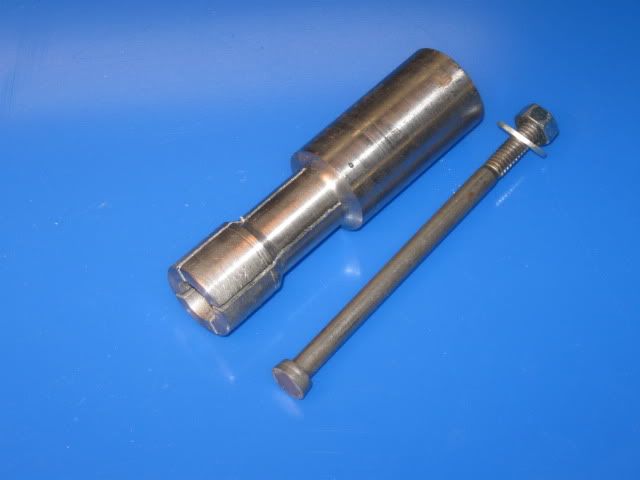I am starting to build Senft's "Tapper" but I need help on how to turn an unusual part. The part is stainless steel. I have attached a sketch of it. How would one go about this? I'm worried about the tube supporting itself during turning due to the very thin wall. Let me know what you guys think.
View attachment HotCap.bmp
View attachment HotCap.bmp





